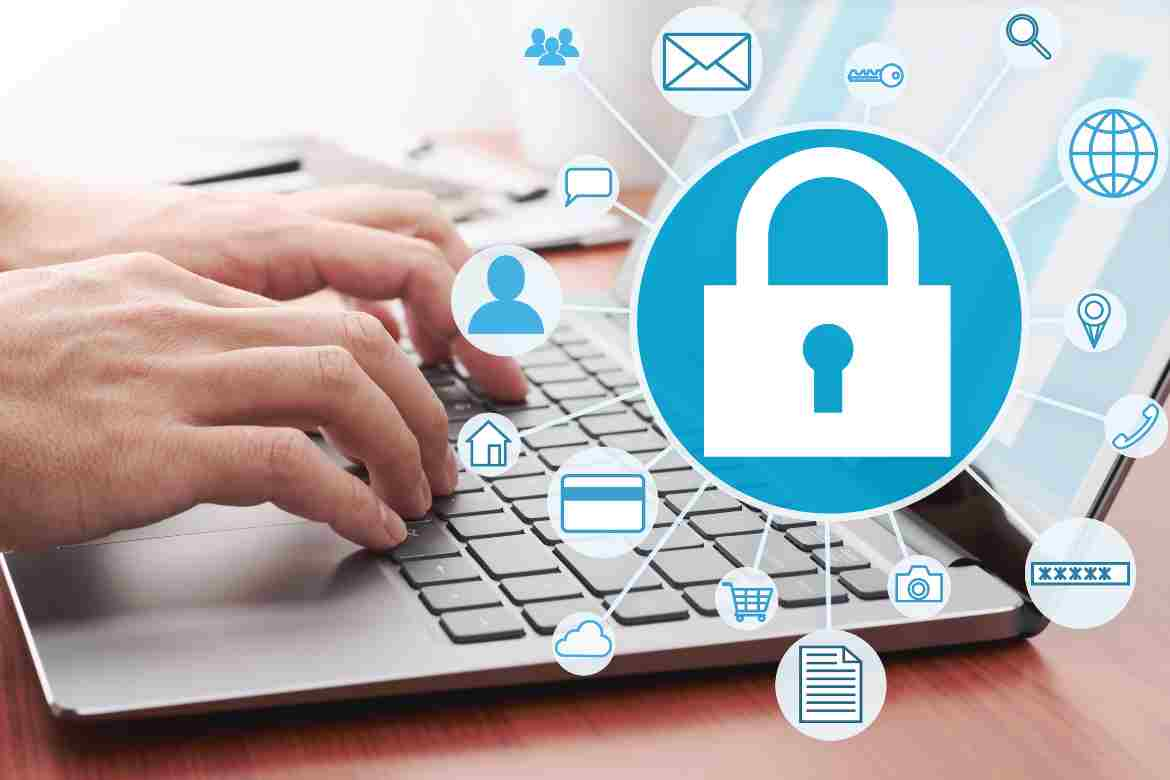In today’s digitally-driven landscape, safeguarding IT systems and networks is paramount. With cyber threats evolving rapidly, it’s imperative for businesses and individuals alike to fortify their digital defenses. From robust firewalls to stringent access controls, here’s a comprehensive guide on how to protect your IT systems and networks.
Understanding the Risks: Navigating the Cybersecurity Landscape
The digital realm is fraught with risks ranging from malware and phishing attacks to data breaches and ransomware. Understanding these risks is the first step towards developing an effective defense strategy. Hackers are constantly devising new tactics to exploit vulnerabilities, making it essential for organizations to stay vigilant and proactive in their approach to cybersecurity, including implementing robust measures such as CARTA network security to mitigate potential threats.
Building Strong Defenses: Key Components of IT Security
- Firewalls and Intrusion Detection Systems (IDS): Firewalls act as the first line of defense by monitoring and controlling incoming and outgoing network traffic. Coupled with IDS, which detect and respond to malicious activity, they form a formidable barrier against cyber threats.
- Secure Authentication Mechanisms: Implementing multi-factor authentication (MFA) and strong password policies can significantly enhance security by ensuring that only authorized users gain access to sensitive data and systems.
- Regular Software Updates and Patch Management: Keeping software up-to-date is crucial for addressing known vulnerabilities and mitigating the risk of exploitation by cybercriminals. Automated patch management systems can streamline this process, ensuring that systems are always fortified against emerging threats.
- Data Encryption: Encrypting sensitive data both at rest and in transit adds an extra layer of protection, making it significantly harder for unauthorized parties to intercept and decipher confidential information.
- Employee Training and Awareness Programs: Human error remains one of the biggest cybersecurity threats. Educating employees about phishing scams, social engineering tactics, and best practices for handling sensitive data can empower them to recognize and mitigate potential risks.
Implementing a Proactive Defense Strategy: Best Practices
- Risk Assessment and Vulnerability Scanning: Conducting regular risk assessments and vulnerability scans can help identify potential weaknesses in IT systems and networks, allowing organizations to address them before they can be exploited by malicious actors.
- Incident Response Planning: Developing a comprehensive incident response plan is essential for minimizing the impact of cyber attacks. This should include protocols for detecting, containing, and mitigating security breaches, as well as procedures for restoring systems and data in the event of an incident.
- Continuous Monitoring and Threat Intelligence: Adopting a proactive approach to cybersecurity involves continuous monitoring of network activity and leveraging threat intelligence to stay ahead of emerging threats. This allows organizations to identify and respond to potential security incidents in real-time.
- Backup and Recovery Solutions: Implementing regular data backups and robust disaster recovery solutions can help organizations recover quickly in the event of a security breach or system failure, minimizing downtime and data loss.
Conclusion:
In an era defined by digital transformation, protecting IT systems and networks is no longer optional—it’s a business imperative. By investing in robust security measures, staying informed about emerging threats, and fostering a culture of cybersecurity awareness, organizations can fortify their digital defenses and safeguard against the ever-evolving landscape of cyber threats. Remember, the key to effective cybersecurity lies in vigilance, preparedness, and a proactive mindset.


